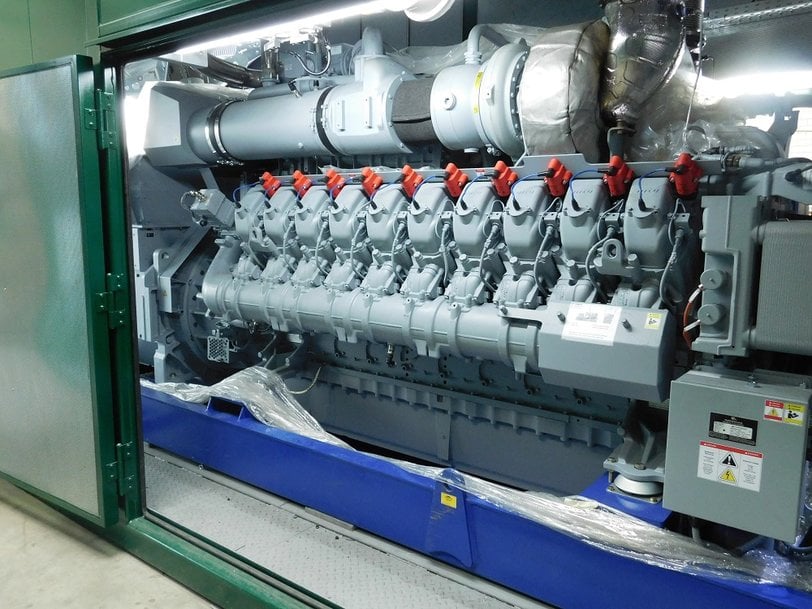www.industryemea.com
01
'20
Written on Modified on
The energy revolution
Why businesses should consider generating their own electricity.

If I said you could use £12 worth of electricity and only pay £6.50 for it, you’d think it sounded too good to be true. However, businesses that choose to generate their own electricity through combined heat and power (CHP) do just that. Here Luke Worrall, business development manager at heat and power solutions specialist NerG, discusses the benefits of CHP and explains why businesses should change their approach to installing the systems.
Newsflash — businesses like saving money. And yet, too often when businesses implement CHP solutions to supply cheaper electricity, systems are incorrectly sized and therefore they don’t reap the full benefits of the technology. CHP systems take one input, namely natural gas, and turn it into two outputs — electricity and heat.
The primary purpose of CHPs is to generate electricity as efficiently as possible. The heat is a secondary output and, in an ideal world, most of this will be used in other applications to maximise efficiency. However, it’s often the case that systems are implemented to match the heat base load for the building, not the electricity base load, which means the full financial benefits are not realised.
Changing strategy
The key to success is choosing the correct sized unit. When CHP systems are supplied to meet the heat base load, it leads to the system being incapable of fulfilling a facility’s electricity demands because it’s too small. This means it still needs to take significant levels of electricity from the grid to supplement that supplied by the CHP system.
See the heat produced by CHP for what it is, an added benefit of the system, not its main purpose. Instead, CHP systems should be supplied to match the facility’s full electricity profile. Only systems that are designed to offset as much grid electricity as possible reap the biggest financial rewards.
Innovative heat and power solution specialists can put the extra heat output from the larger system to use across several applications depending on the facility in question. This can include anything from the pre-heating of raw materials before they are processed to providing cooling through absorption chilling.
Electricity usage profiles can be obtained by analysing half hour meter data which is easily obtained from your electricity supplier. Once demand profiles are established, it is a straightforward process to calculate the electricity base load for the building. This information can be used to determine which CHP system is best suited to meet the building’s energy demands. If implemented correctly, CHPs can offset up to 85 per cent of the site’s overall electricity consumption. Appropriately sized CHP systems can offer savings of between 30 and 40 per cent on your electricity bills.
On top of the cost saving, there are also additional benefits in terms of security that can be gained by adopting CHP. Because they can operate independently of the national grid when in island mode, producing electricity at the point of use, they can operate even in the event of an outage on the grid. Using automatic switching, the system can be set up to enter island mode automatically so that, in the event of an outage, the system remains energised through the CHP and this switch over is seamless.
Unplanned downtime negatively impacts productivity and consumer trust. A survey of manufacturers found that, when they experienced unplanned downtime, 37 per cent lost production time on critical assets. It can also be financial devastating, costing businesses millions of pounds if the outage isn’t fixed quickly. The black start potential of CHP helps businesses avoid this by keeping them up and running in the event of an outage.
www.nerg.co.uk

